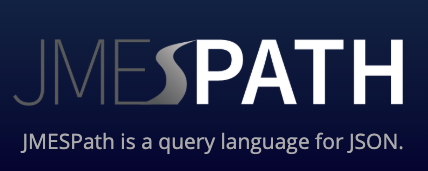In this content, the most focus is let you use jmespath the fatest way.
jmespath can be used in command line for querying json objects, i.e. arg ‘–query “{jmespath }”‘ can be used in Azure CLI to query properties of returned object.
You can view more details at https://jmespath.org/tutorial.html
Now, let’s get started:
Name 'a' as root, 'b'/'c'/'d'… as a nested child in order.
Operator: based on current object type, which either:
Array
a[*].b to get value of b named property in the list [start:stop:step] : a[0:5] get 5 items from index 0 to 5. a[::2] get values of even indices a[?b=='something'] to filter out a[*] shows full orginal structure while a[] flattens the a into a list items a.*.b [a[*].b, a[*].c] | [] : join properties b and c into a flattened array.
Object
a.b to show value b only
Function: based on current context i.e. array, object or attribute
Array
length(a) show count of all items max_by(a,&b) show the only object that have the highest value of b.
Object
n/A
Filter
a[?contains(@,'foo') == 'true'] character @ represent for the current item in a.
That’s just the end.
Thanks for reading and happy coding.


Để lại một bình luận
Bạn phải đăng nhập để gửi bình luận.